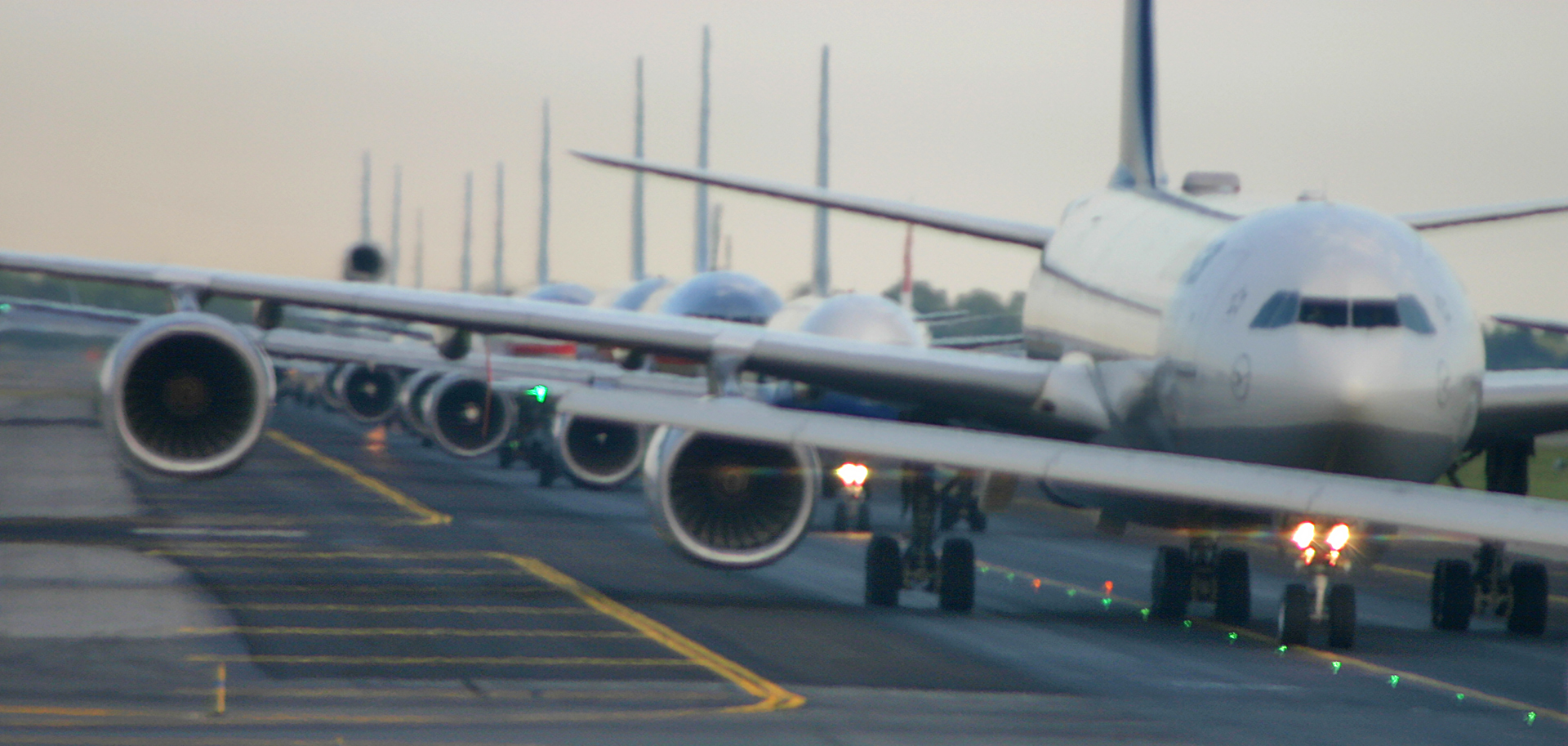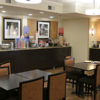You may have been a passenger aboard an airplane who sat at a seat next to the window in hopes of nice views to enjoy throughout the duration of your flight — only to find that a huge wing is blocking much of your view — and while you might have grumbled about having the view blocked by the wing, you might have noticed a light at the tip of the wing. Sometimes that light is red. Sometimes that light is green…
Why Red and Green Lights Are On Wings of Commercial Airplanes
…so why are red and green lights located on the tips of the wings of most commercial airplanes?
The primary reason is for the purpose of safer navigation, which is why those lights are officially called navigation lights. They are designed to increase the situational awareness of pilots of other airplanes — as well as increase visibility to air traffic controllers in the control towers on the ground — of the airplane in order to minimize the risk of a collision.
The green light is located on the right wing of the airplane; whereas the red light is located on the left wing — and both lights flash simultaneously so that the pilots of other airplanes and air traffic controllers can more easily see them and tell at a glance which direction any other aircraft is flying in relation to them.
Placing yourself in the position of a pilot aboard an airplane during a flight for a moment, if on the other aircraft in relation to you:
- Only the green light is visible, that means that it is heading towards the right
- Only the red light is visible, that means that it is heading towards the left
- Both the red light and green light are visible, that means that it is heading towards your direction
- White lights are visible, that means that it is heading away from your direction
Navigation lights simply illuminate and do not emit any signals — which is especially useful during the nighttime hours or in inclement weather when visibility is not completely clear — which means that airplanes are easier to spot, as they are the only airborne objects which use the combination of red and green lights and differentiates them from helicopters, weather balloons, drones, dirigibles, and other flying objects.
Red and green are not only the most distinctive visible wavelengths of the electromagnetic spectrum — green is more sensitive to the human eye than any other hue — but those colors also contrasts with the blue hues of the sky and large bodies of water.
Final Boarding Call
Radar does help pilots and air traffic controllers become more aware of the airplanes which may surround them; but they are only a part of the situational awareness process for pilots and air traffic controllers which help to minimize collisions and increase safety…
…so the next time you sit at a window seat and see a huge wing blocking your view, know that the little red light or little green light — if you are sitting either on the left side or right side of the airplane respectively — is there for your safety as well as for the safety of everyone else.
Other interesting articles here at The Gate which pertain to airplanes include:
- Why Do Airplane Tires Not Explode Upon Landing?
- Why Is a Tiny Hole in the Airplane Window?
- That is Not Duct Tape on the Airplane — Or Is It?
- …So Why Are Black Triangles Above the Windows?
Note the green light on the wing on the right side of the airplane near the center of the photograph which is featured at the top of this article. Photograph ©2008 by Brian Cohen.

